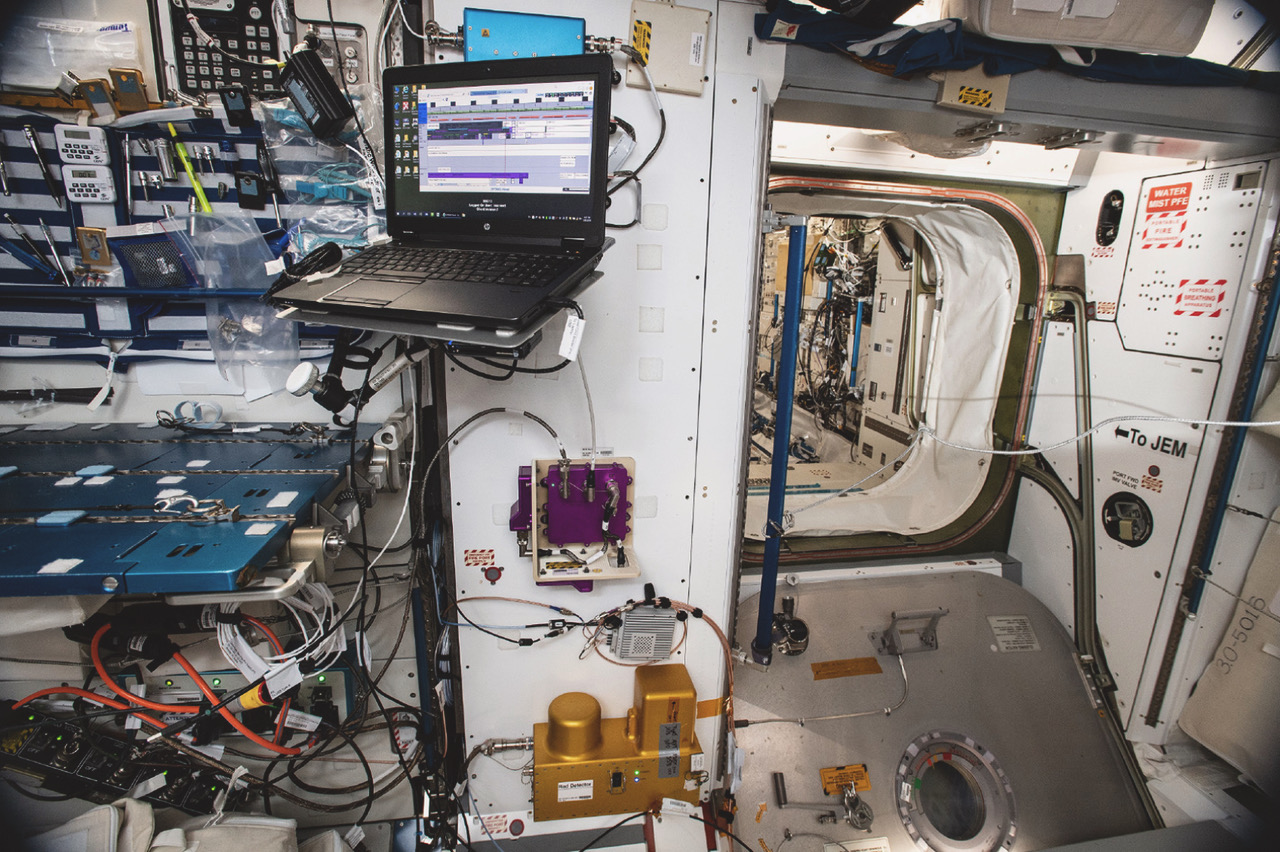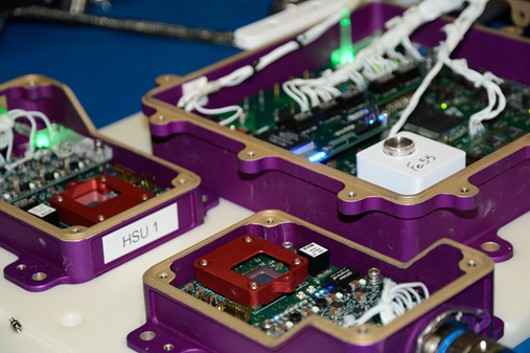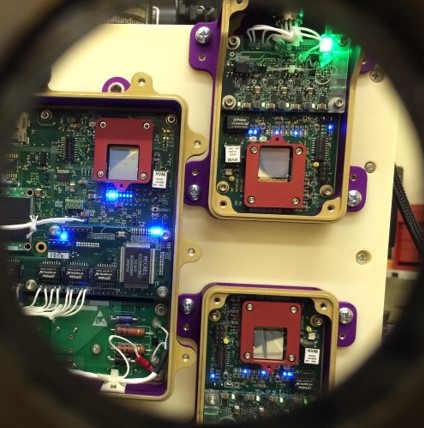
Space X’s Falcon 9 rocket will carry the NASA-developed HERA detector into space and the first astronauts to launch commercially into free space. It works thanks to the integration of the module with the Timepix chip, which is produced by the Czech company ADVACAM. The device is mounted on the manned ship Crew Dragon, where it will measure the dose of radiation and determine the direction it is coming from.
This mission will expose the crew to the unique radiation environment of human spaceflight. During the first two days in orbit, the crew will pass several times through radiation belts that are much more intense than those normally encountered by astronauts.

A stream of cosmic particles can endanger the crew, but also the ship’s equipment. The low energy radiation cameras that ADVACAM manufactures can help prevent this damage. They can track each particle and determine its type and energy. This data will also help to better describe the effects of radiation on humans while staying at a high distance from the Earth.

ADVACAM’s patented technology, which these detectors use, was developed as part of particle research at CERN. Similar devices like the one aboard Crew Dragon also protect the International Space Station (ISS) and commercial satellites. In the future, it could also look at the moon and deeper into space.

